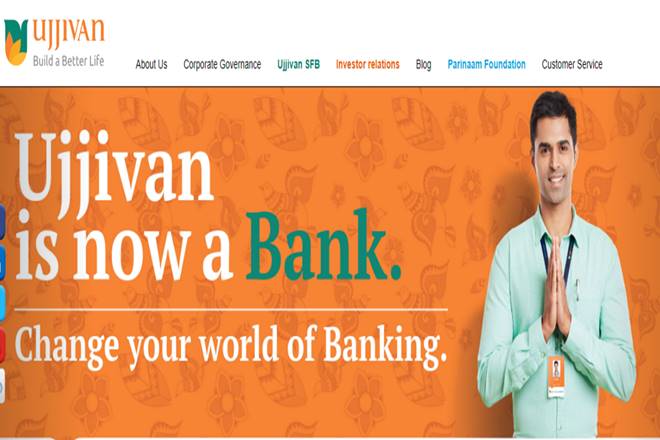Ujjivan Financial Services has seen disbursements shoot up in the past quarter due to growth in loans to micro and small enterprises (MSEs) and for affordable housing, MD and CEO Sudha Suresh tells Shritama Bose. The microfinance institution (MFI)-turned-small finance bank is looking at financing 75-80% of its assets out of deposits in FY19, she adds. Excerpts:
Your disbursements have seen a 61% growth year-on-year in Q4. Which categories have these disbursements been in?
This year has been a fairly fruitful one, despite the challenges of demonetisation, and we have seen growth in our business which has been roughly at about 18% over the previous year. For the quarter, the loan book has grown by 6.5%. The categories where we have seen growth include MSE, which has grown almost by 54.5% y-o-y. Over the financial year, the growth has been almost 275%. So from a Rs 56-crore portfolio we have grown to Rs 224 crore. The micro individual loans have gone from Rs 809 crore to Rs 688 crore. The microfinance business group lending has grown from Rs 5,416 crore to Rs 6,317 crore and affordable housing, which is the other segment we have, has grown from about Rs 99 crore to Rs 323 crore.
How much of the book is now non-MFI?
We have 7.3% of the book as non-MFI and because of the rapid growth in MSE and affordable housing, we expect this number to go up this financial year.
Any new products you are likely to add?
We are looking at some new product initiatives and these could include products like personal loans against salary, two-wheeler financing. In fact, we have started a pilot launch on this and we would be launching it on a pan-India basis. We are also looking at steadily growing our business in the rural areas. We are also establishing our unbanked rural centres (URCs), and therefore, we will also be looking at FIG (financial institutions group) lending to NBFCs and MFIs, basically corporate lending, in this current year.
What is the average ticket size of an affordable-housing loan?
That is roughly around Rs 6.3 lakh.
Your net interest margin (NIM) for the quarter has shrunk by about 20 basis points (bps) to 11.6%. Is that purely because of the diversification into non-MFI loans?
The NIMs have seen essentially the impact of the denominator. There has not been much change in terms of the interest income versus the interest expense. It is because of the average net portfolio difference that our NIMs have come down.
How would you guide for NIMs for the full year in FY19?
I think NIMs should more or less be maintained for the coming year. It is 10.6% for FY18.
Your deposits have grown to Rs 3,772 crore. What is the profile of these deposits and what is the share of retail and bulk in these?
Last year, we did the merger of banking operations. Our strategy was to particularly look at building our institutional deposits because we understand that retail and CASA (current account savings account) will grow slowly and over a period of time. So we got scheduled-bank status in August and post that, we have seen a very impressive track in raising CDs (certificates of deposit) and FDs (fixed deposits). Of the Rs 3,772 crore, 57.4% —about Rs 2,166 crore — constituted CDs. We have another Rs 1,179 crore in institutional deposits. The CASA and retail deposits put together stood at about 11.3%.
How much is CASA and how much are term deposits?
CASA was about 3.7% and retail term deposits are about 7.7% (of all deposits).
What is the plan for expansion of the branch network?
FY18 saw us converting about 187 branches into full-fledged banking outlets and these included the URCs also. What we are looking at in this financial year is to add 288 banking outlets in FY19, which would include 221 existing branches. We’ll be opening eight new branches and 59 new URCs, which we would predominantly be opening in West Bengal, Bihar, Odisha, Gujarat, Karnataka and Tamil Nadu.
Any plans for raising equity capital?
We are fairly well-funded for this financial year. For FY19, we do not foresee any raise of fresh capital.
What kind of growth in assets and liabilities are you targeting in FY19?
We are looking at almost a 30% CAGR (compound annual growth rate) portfolio growth y-o-y and we feel that this will be possible with the kind of focus we have both on affordable housing and the MSE loan portfolio, and a steady growth in our MFI portfolio also. In terms of deposits, we are looking at 75-80% of our asset base being financed by our deposits. This year, the focus will definitely be on building our retail deposits.


